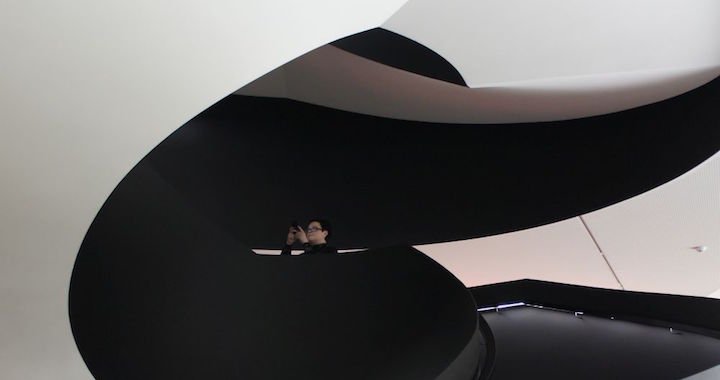
MO is already here and waiting for us
Reportage from the opening of the Vilnius MO museum of contemporary art designed by Daniel Libeskind
23/10/2018
Detractors of the star architect Daniel Libeskind, critical of the excessively expressive style of his buildings that tend to overshadow their surroundings with their striking outlines and structures, may perhaps feel more benevolently inclined after paying a visit to Vilnius and its brand-new museum of contemporary art MO, officially unveiled on 18 October 2018. That much is obvious: while still retaining the trademark dynamic style and unexpected shapes of Libeskind’s architecture, the building fits the location ‒ the city centre of Vilnius ‒ perfectly; it does not clash with it or interrupt the cityscape in any way. On this sunny and record-breakingly warm October day, the MO building, while very much unlike the white cubes passionately disliked by Libeskind, was found by its first visitors to be a very peaceful, light and friendly place.

Daniel Libeskind - architect of Vilnius MO museum of contemporary art

One of the first Daniel Libeskind sketches for MO

‘This is perhaps one of the smallest museums I have ever designed, and yet it is certainly also the most favourite one,’ Daniel Libeskind said at the press conference. The construction commenced in spring 2017, following the demolition of the Lietuva cinema that had been standing there for over fifty years. The actual journey of making this building a reality, however, had started much earlier, during a conversation between the Lithuanian chemical scientist and successful biochemical engineering entrepreneur Viktoras Butkus and one of the world’s most famous architects Daniel Libeskind after a talk given by the latter. At the time Viktoras Butkus had long been nurturing the idea of founding a new private museum, somewhere to house the art collection created with his spouse, the biologist Danguolė Butkienė. A body of some 5000 works of art, this collection is something like a portrait of Lithuanian contemporary art dating from 1960 to the present day.


Asked about her and her husband’s feelings inside the freshly completed museum building, Danguolė Butkienė told Arterritory: ‘Everything is still very new: so many people, so much attention. To tell the truth, I am not a person that is used to things like these. But this is what an opening is like. Somehow we must get through these four inaugural days and then quietly carry on working on the collection, which we personally like a lot. It is wonderful that more and more new people are getting involved with the idea of the museum, with its mission. They are various experts and also art patrons (quite a few of them), who are helping the museum with considerable amounts of money. The museum itself is certainly not just a box for the collection. It is its new home, well-suited for hosting any number of various events. And it is a completely new life for our collection, a much more real one. The collection was previously on view on the internet, living its own virtual life, whereas now it can be viewed in real life. And it is, of course, a completely different level of perception.’
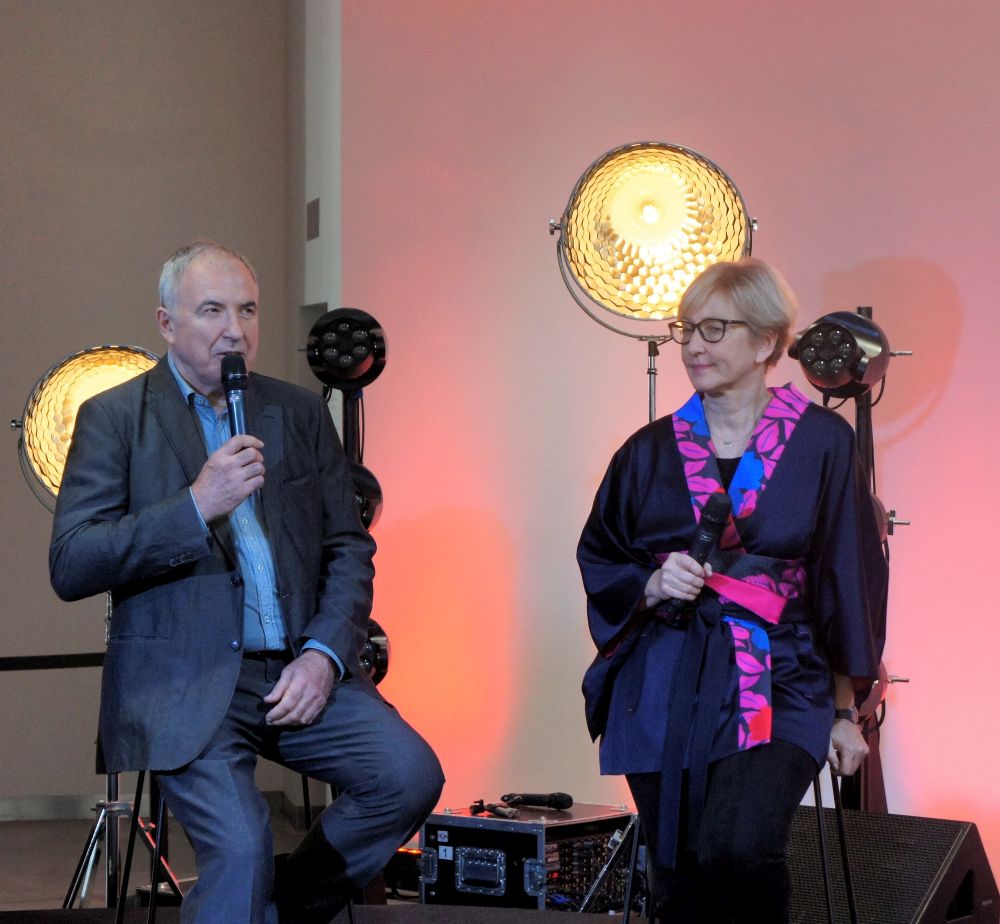
Viktoras Butkus and Danguolė Butkienė
18 October 2018 saw the museum open with the inaugural exhibition featuring 346 works by over 70 Lithuanian artists; it was mounted by the curator of the collection, art historian and professor at the Vilnius Academy of Art Raminta Jurėnaitė. She told as how happy she was about the discreet and elegant way in which the building fits in the Old Town of Vilnius. ‘And I also like that the museum is not too large; you do not get lost or exhausted here ‒ although the actual collection is very extensive. That is why the permanent display is going to be renewed. A different curator is going to take care of it every time. As for me, I wanted to mount an opening exhibition that would reflect the character of the collection and say something important about the Lithuanian art of the last 60 years. To achieve this, we had to find some sort of link to bring the pieces together, apart from the chronological one. As a result, we managed to crystallize certain themes that dominate the whole show.

Daniel Libeskind and Raminta Jurėnaitė
The first of these themes is a quest for meaning and universality through landscape, sometimes abstracted into an archetypal sign. Another theme is the very Lithuanian interest in grand dramas and myths, also explored through important subjects like the war and the Holocaust, as well as through existential dramas of a universally human level. Alongside all that, many artists deal with the problems of the ever-changing mundaneness that never repeats; they emphasize the transient character of the world that is familiar to us. Artists of various generations have pondered and are pondering this question ‒ from Antanas Gudaitis to the young artists only just graduated from the Academy of Art. Finally, a theme I personally have long found very interesting ‒ reflections on the ways in which reality changes (on its own and in our perception) and we lose control over it: in the larger society, among various groups of people and in individual experiences ‒ due to unfortunate events, influence of alcohol or mental problems. Things like these borderline situations actually tell a lot about the human being. Generally, if we consider something that might be described as the national character of Lithuanian art, then, while we do have, of course, some very intellectual, post-conceptual art, I find that Lithuanians naturally gravitate towards drama, melancholy and tragicomedy. We are a post-Catholic country, after all.’
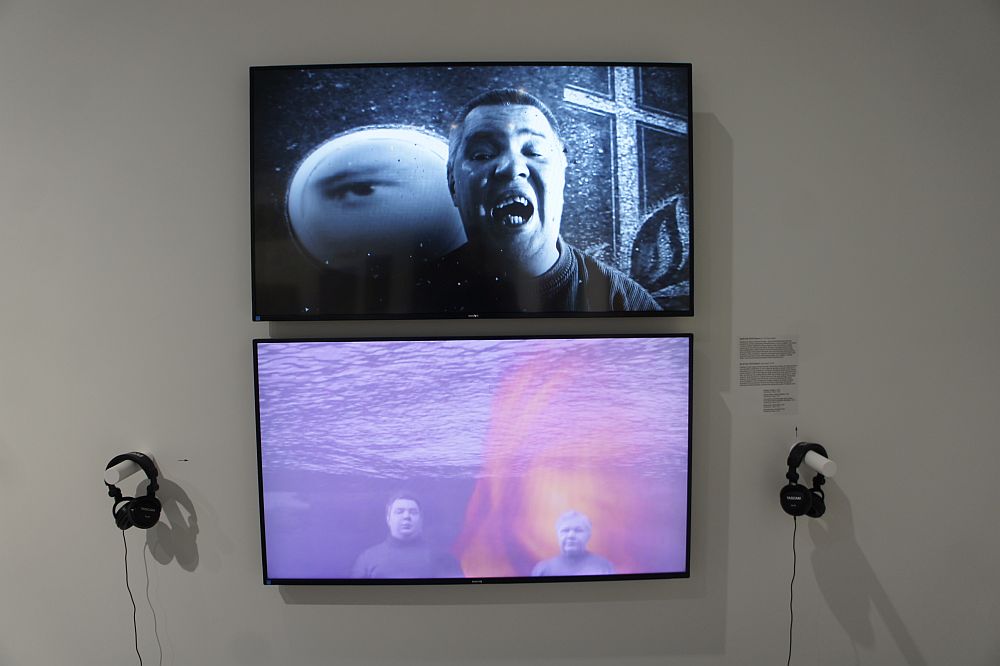
Videoworks by Andrius Kviliūnas
It is, of course, Lithuanian painting that is represented most extensively in the collection and the exhibition alike ‒ which presents an excellent opportunity to feel the dynamics and specific character of its development. Apart from the sculpture park surrounding the building, the exhibition features a single sculptural work; it is ‘The Secret of Secrets’ (1996) by the artist duo SetP Stanikas. On the other hand, the Butkus Collection and the opening exhibition of the MO museum can boast an excellent selection of Lithuanian photography, like the iconic images by Antanas Sutkus. They are familiar to us from online viewing; now we can finally examine them close up in the form pf black-and-white prints and feel the supertemporal cosmological power. Only one video artist is represented in the exhibition ‒ Andrius Kviliūnas (admittedly, with a whole selection of works). However, an extensive programme of works by eight video artists will be screened in the cinema auditorium/conference hall once the string of inaugural seminars, performances and talks is over.
Fragment of a piece “MO” by the composer Deivydas Zvonkus
The unveiling continued through 21 October, opening with a performance of two choirs, a youth choir and a children’s one: at noon on the dot, they performed the aptly named ‘MO’ ‒ a piece by the composer Deivydas Zvonkus. The youthful and energetic voices rang clear above the heads of the crowd and the steps while the building itself seemed to answer them with some pleased vibration. MO is with us now, and a good thing it is, too.

MO depository of artworks

... and library




Remigijus Paces. I am back. 1982.
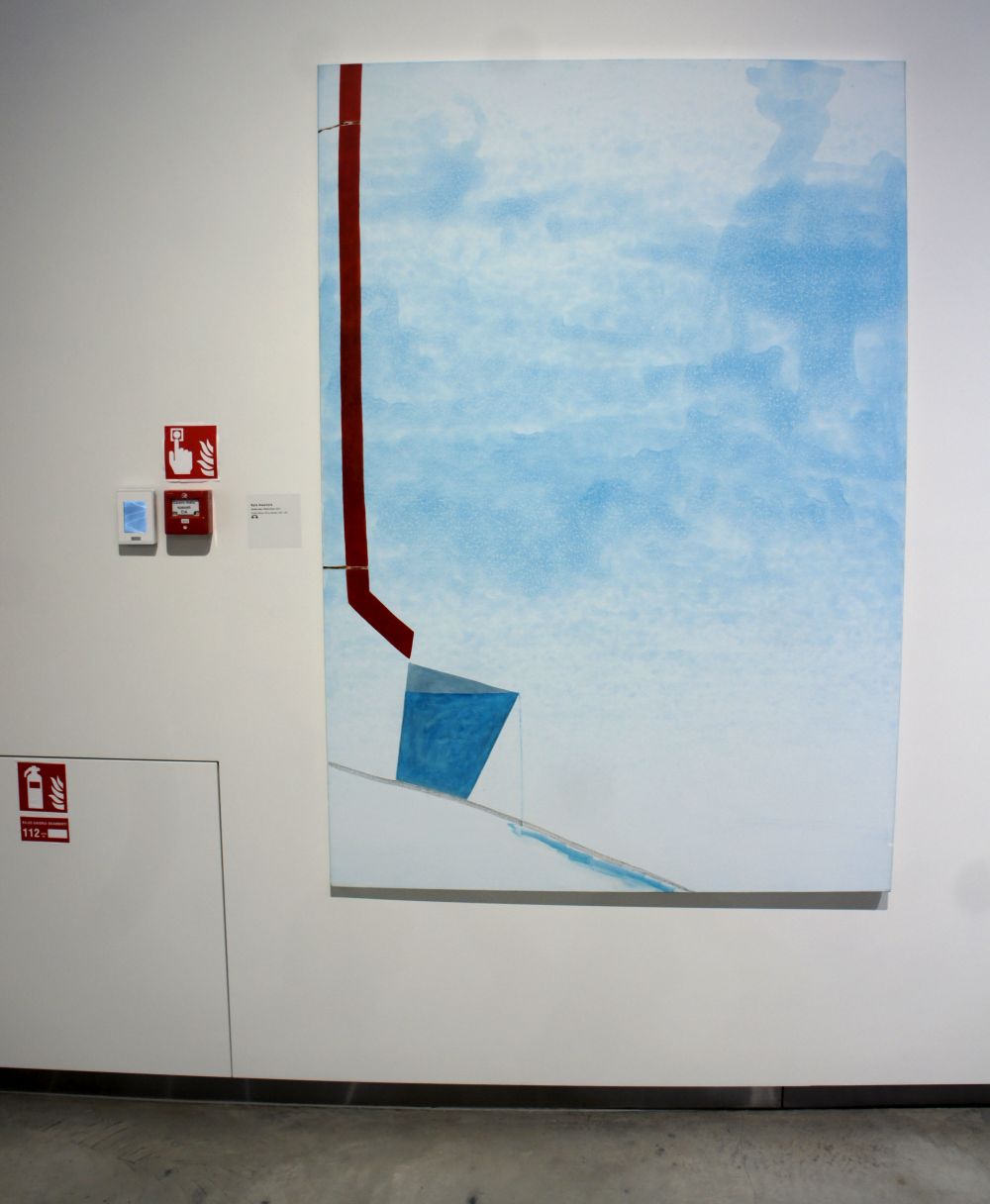
Eglė Gineitytė. A Stork's Leg. 2013
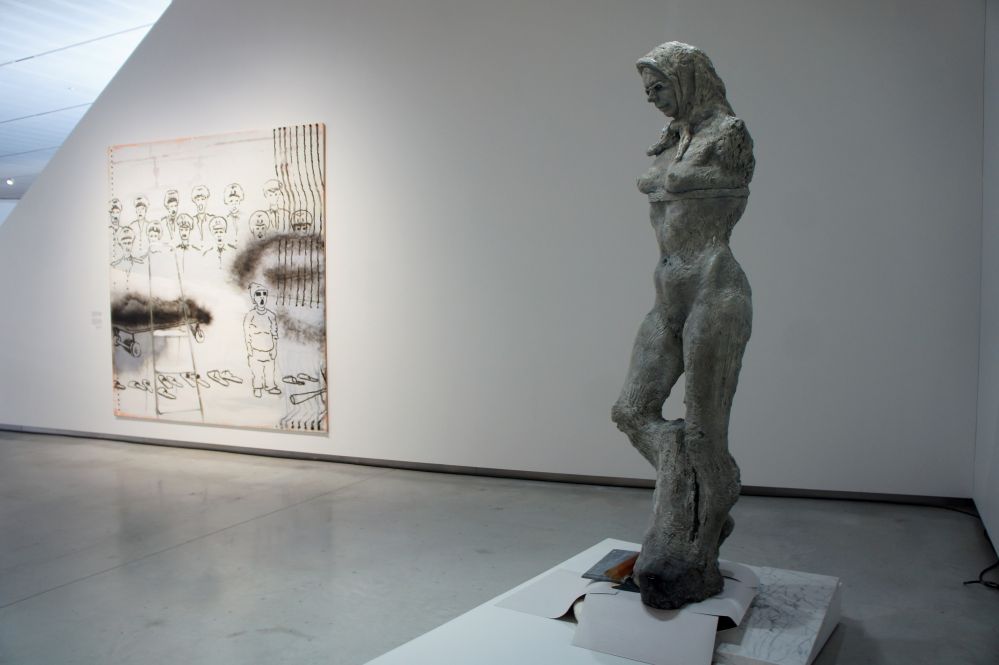
Artist duo SetP Stanikas sculptural work ‘The Secret of Secrets’ (1996). In left corner - work by artist Jonas Gasiūnas
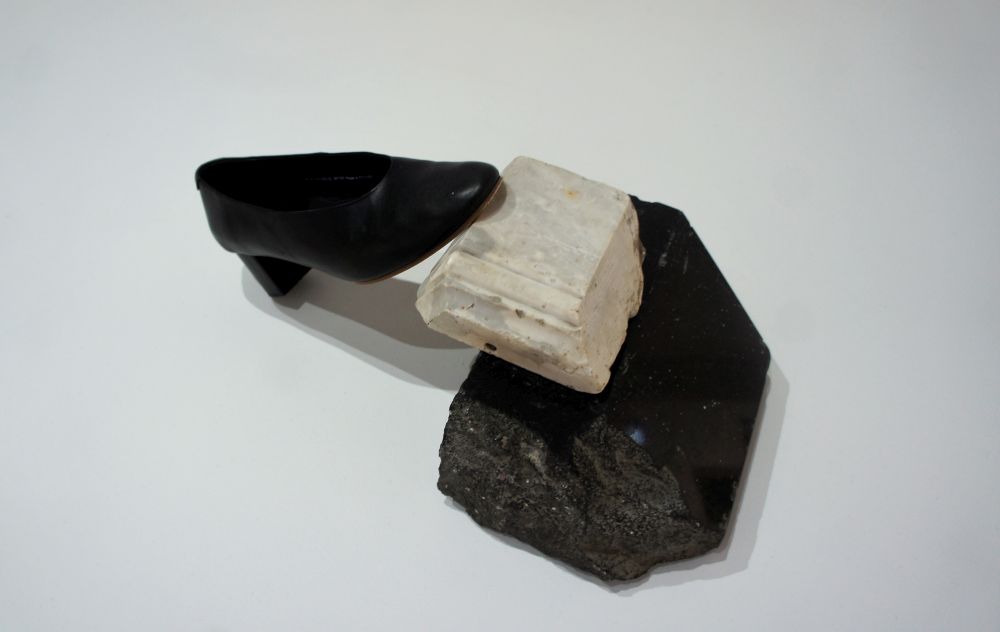
A part of sculptural work ‘The Secret of Secrets’

Paulius Juška. Two or a Mirror. 2005.
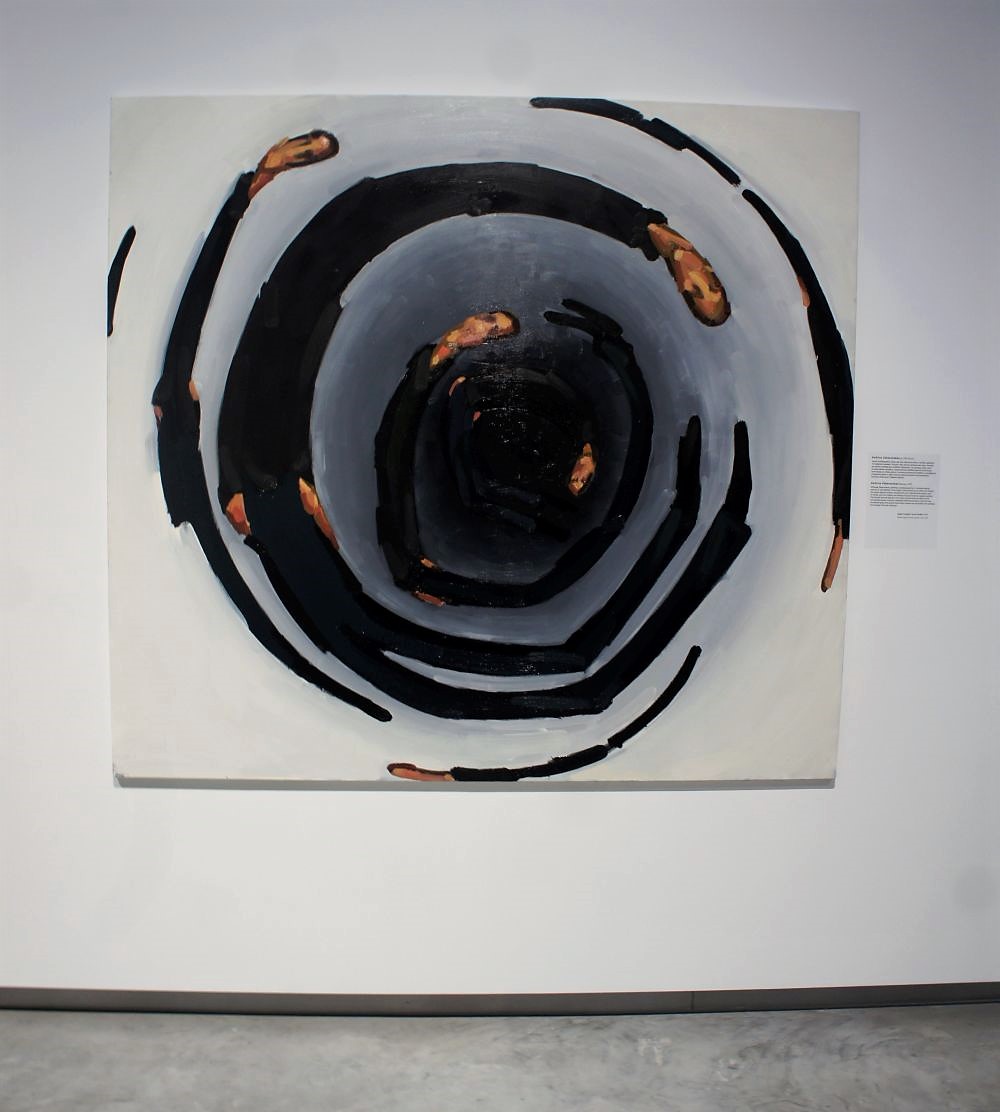
Andrius Zakarauskas. Round Strokes. 2009


